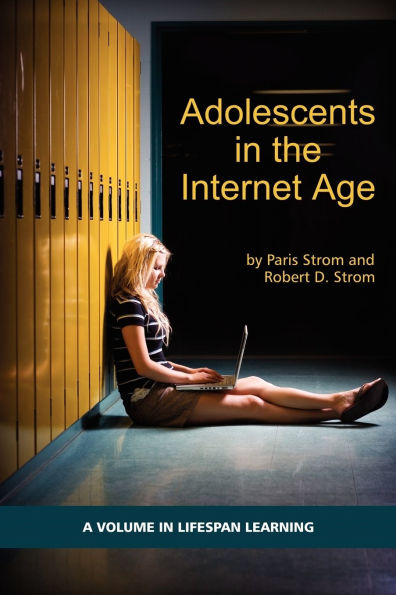This book introduces a new set of core topics to reflect current conditions of the adolescent environment instead of life in yesterday’s world. The discussion shows how the Internet can be used to practice skills needed for learning and working in the future. Visual intelligence and media literacy are essential for critical thinking. Creative thinking should be encouraged in classrooms and become a more common outcome of schooling. Social maturity can improve when networking includes interaction with adults as well as peers. Prevention of cheating and cyber abuse presents unprecedented challenges. Understanding sexuality, nutrition, exercise, and stress contribute to a healthy lifestyle.
Teamwork skills, peer evaluation, and exercises for cooperative learning groups are presented. Classroom applications address the practical concerns of teachers. The book is organized in four domains of identity, cognitive, social, and health expectations. Each chapter includes student polls to assess conditions of learning and websites that augment the book content. The target audience is prospective teachers, in-service teachers, and school administrators studying adolescent development on campus and by distance learning.
This book introduces a new set of core topics to reflect current conditions of the adolescent environment instead of life in yesterday’s world. The discussion shows how the Internet can be used to practice skills needed for learning and working in the future. Visual intelligence and media literacy are essential for critical thinking. Creative thinking should be encouraged in classrooms and become a more common outcome of schooling. Social maturity can improve when networking includes interaction with adults as well as peers. Prevention of cheating and cyber abuse presents unprecedented challenges. Understanding sexuality, nutrition, exercise, and stress contribute to a healthy lifestyle.
Teamwork skills, peer evaluation, and exercises for cooperative learning groups are presented. Classroom applications address the practical concerns of teachers. The book is organized in four domains of identity, cognitive, social, and health expectations. Each chapter includes student polls to assess conditions of learning and websites that augment the book content. The target audience is prospective teachers, in-service teachers, and school administrators studying adolescent development on campus and by distance learning.

Adolescents in the Internet Age (PB)
642
Adolescents in the Internet Age (PB)
642Paperback(Older Edition)
Related collections and offers

Product Details
| ISBN-13: | 9781607521181 |
|---|---|
| Publisher: | Information Age Publishing, Inc. |
| Publication date: | 06/25/2009 |
| Series: | Lifespan Learning |
| Edition description: | Older Edition |
| Pages: | 642 |
| Product dimensions: | 6.14(w) x 9.21(h) x 1.29(d) |
